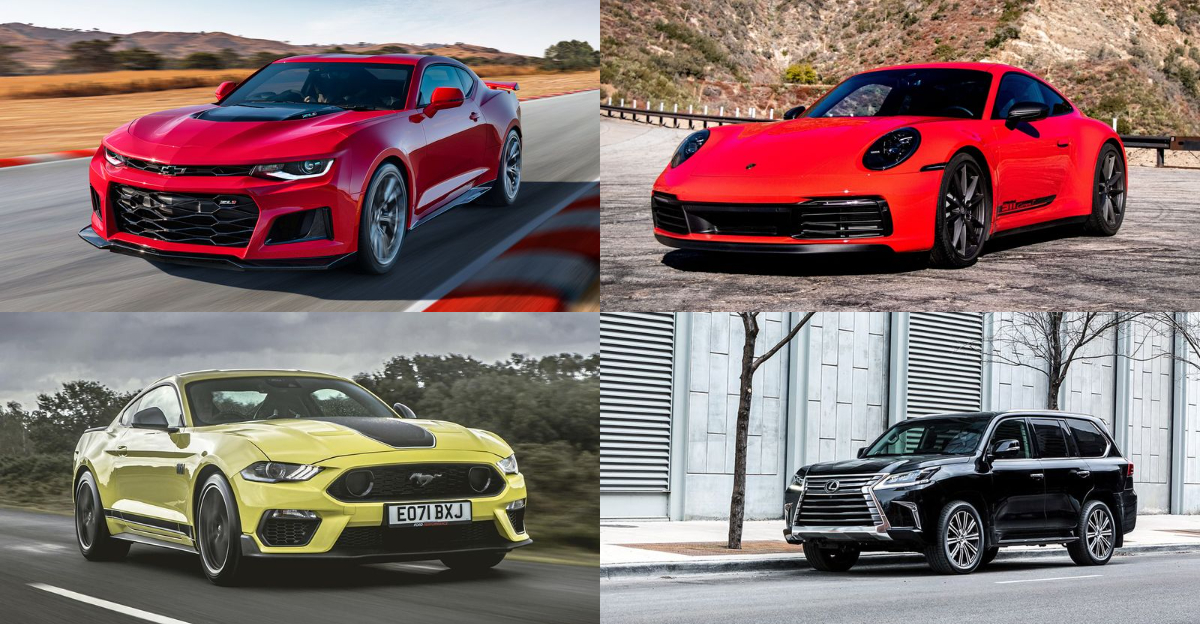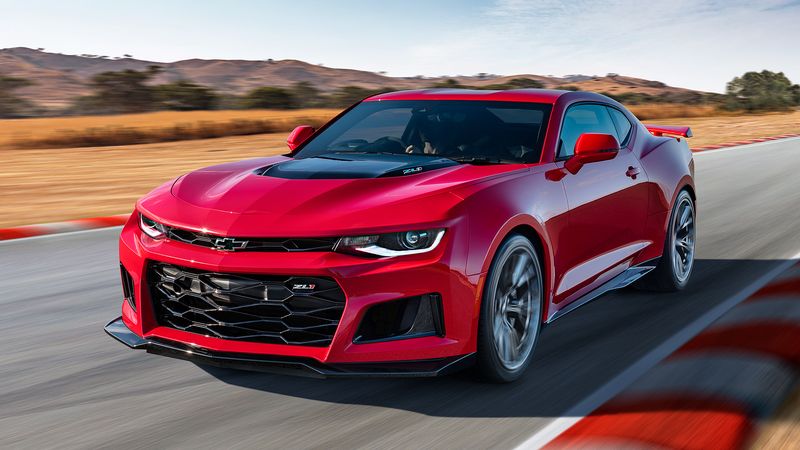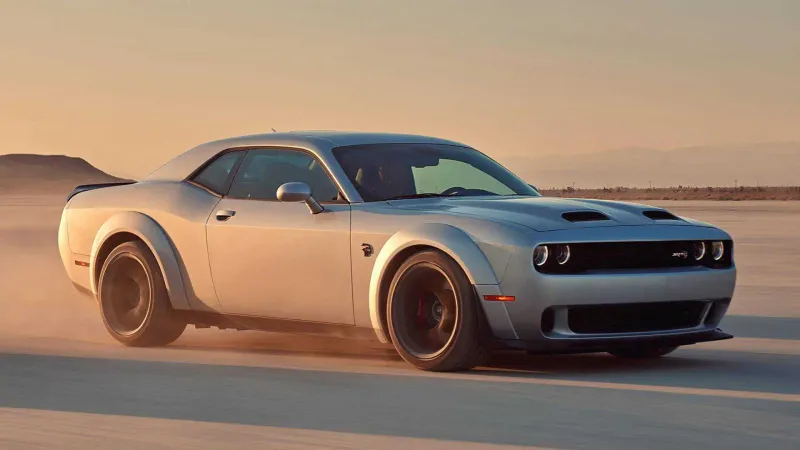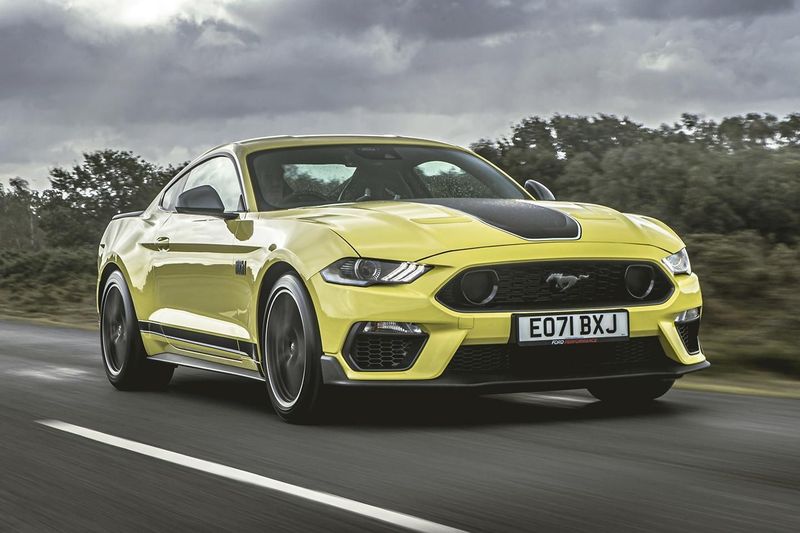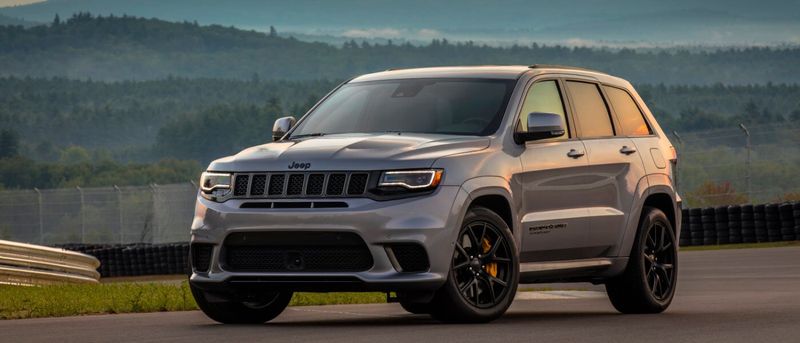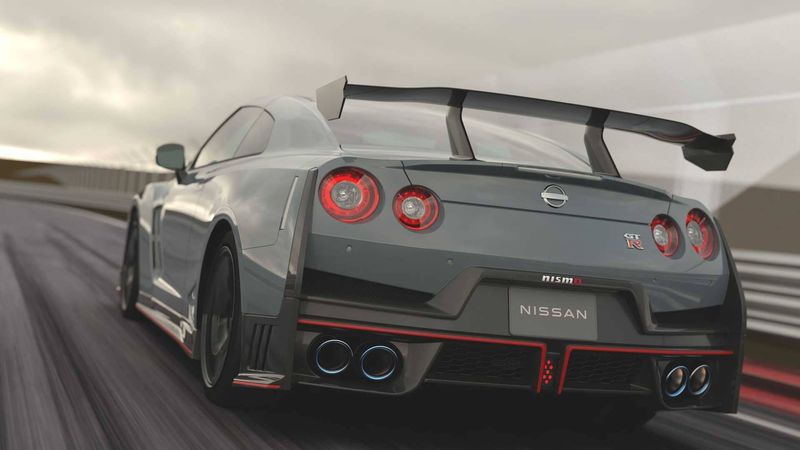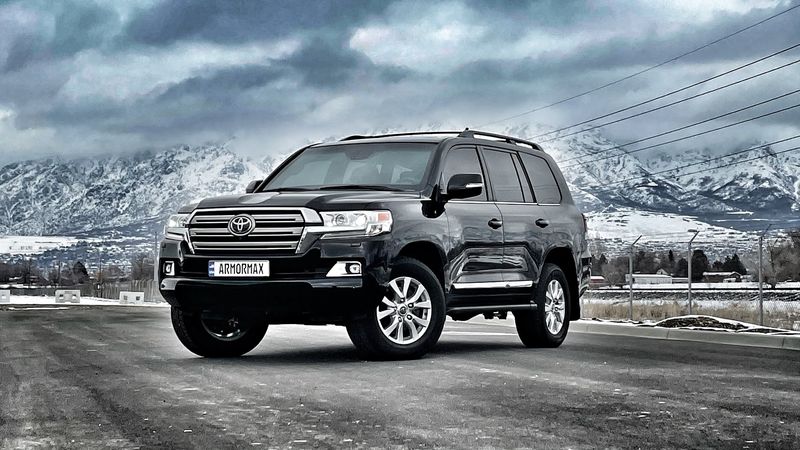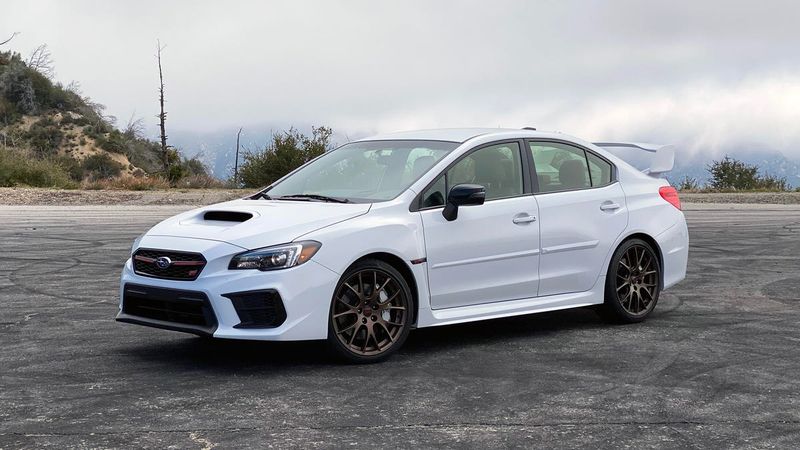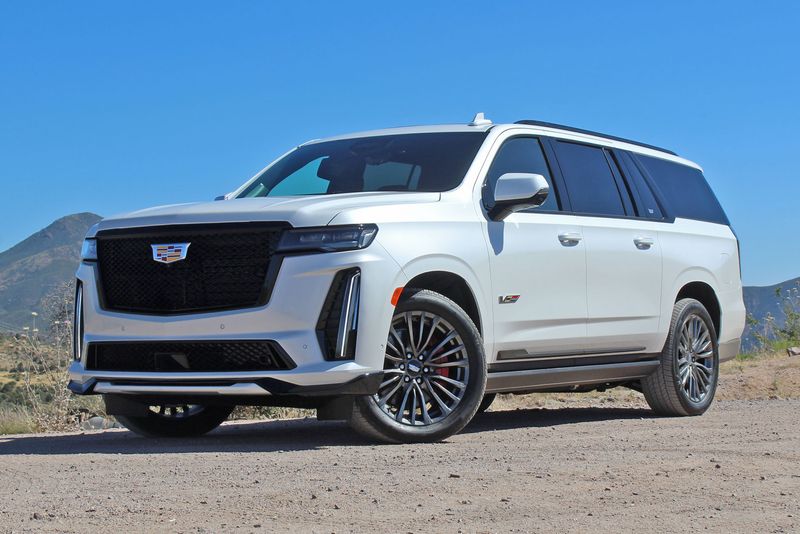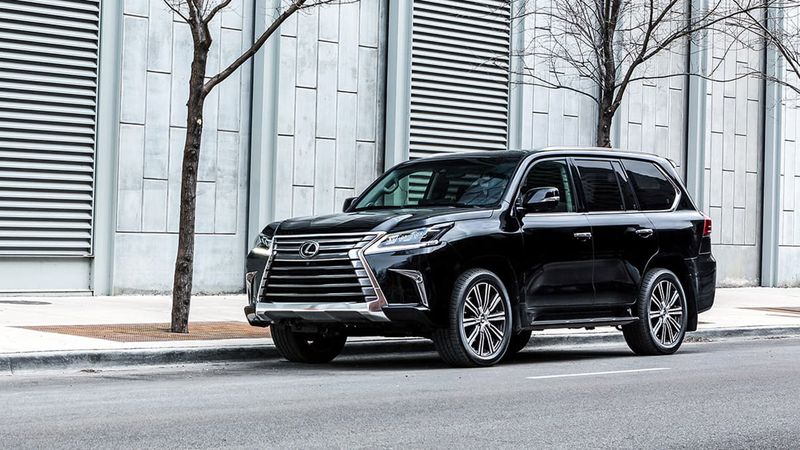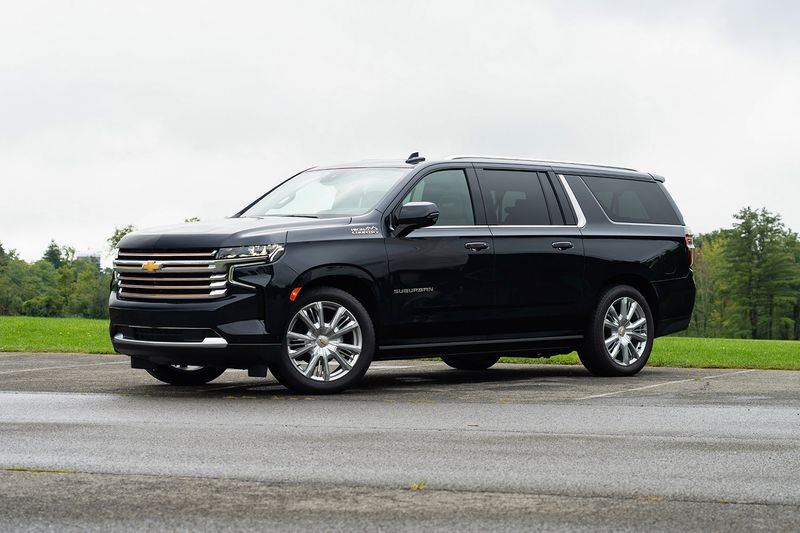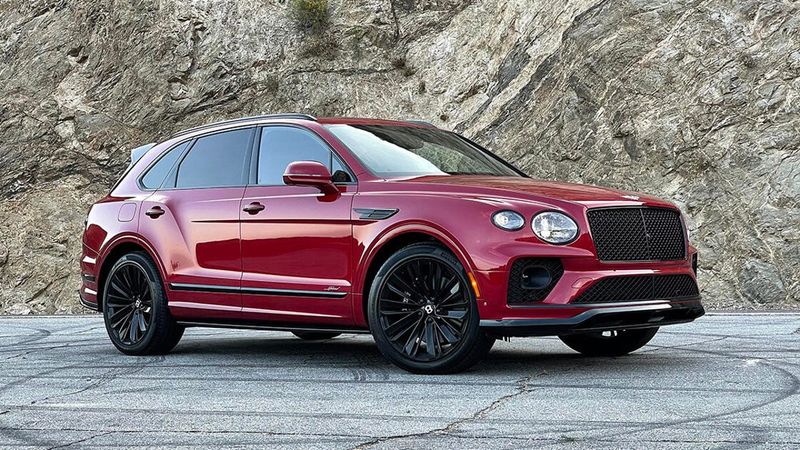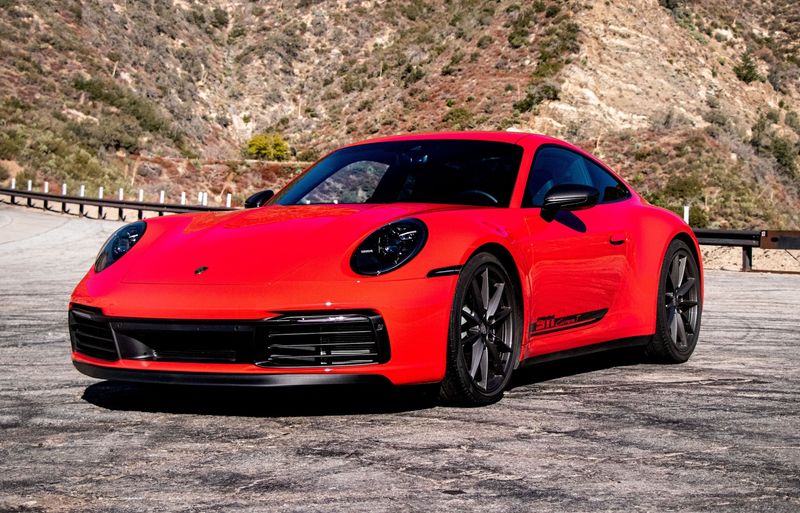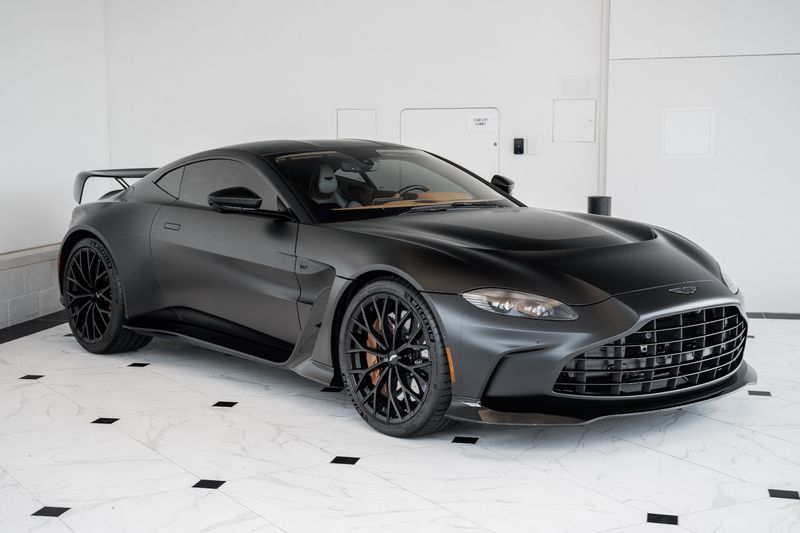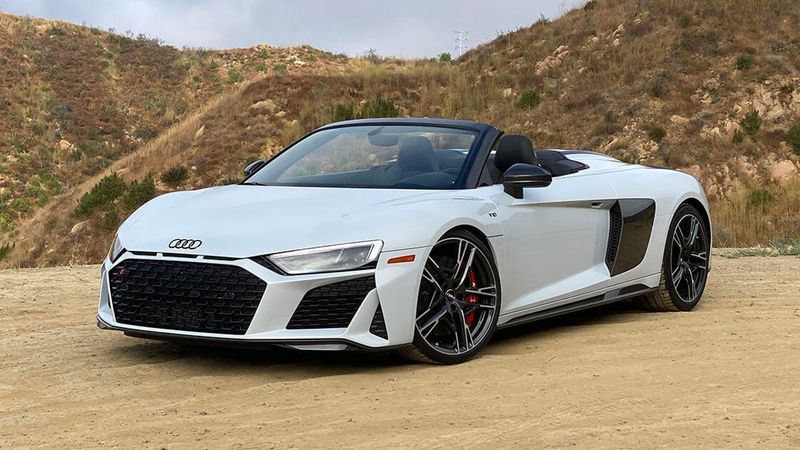📖 Table of Content:
As the world shifts towards sustainable and eco-friendly technologies, several car models face the prospect of being banned in the U.S. by 2030. This list explores 15 such models, highlighting the reasons they might be phased out.
1. Chevrolet Camaro
An iconic muscle car, might soon face extinction due to its high emissions and fuel consumption. With regulations tightening around carbon footprints, this powerful machine is increasingly seen as environmentally unfriendly. Enthusiasts appreciate its roaring V8 engine, but this very feature could spell its doom.
Car manufacturers are moving towards electric alternatives, and the Camaro’s traditional combustion engine design is becoming obsolete. Efforts to electrify might save it, but nothing is confirmed. As cities aim for zero-emission zones, classic muscle cars like the Camaro could be pushed off the roads by 2030.
2. Dodge Challenger
Synonymous with American muscle and raw power, yet its future looks bleak in a climate-conscious era. Known for its heavy V8 engines, the Challenger is a gas guzzler. Regulations focusing on emission reductions might make it unsustainable.
While its retro appeal and performance are unmatched, these features contribute to its environmental impact. Automakers are increasingly under pressure to innovate, and electric vehicles are the new frontier. If the Challenger doesn’t adapt, it might find itself sidelined as a relic of a bygone era by 2030.
3. Ford Mustang
A symbol of freedom and adventure, is under scrutiny due to its environmental footprint. As emissions regulations become stricter, the Mustang’s traditional combustion engine raises concerns. This beloved model could face restrictions unless significant changes are made.
Ford is exploring hybrid and electric versions to keep the Mustang alive. However, purists worry these changes might compromise its essence. The transition to a greener vehicle could determine its survival, as the U.S. moves towards more sustainable automotive solutions for a cleaner future.
4. Jeep Grand Cherokee
Known for its ruggedness and off-road prowess, faces challenges due to environmental regulations. Its large engine and fuel consumption are at odds with policies aiming to reduce pollution. As efforts to promote eco-friendly vehicles intensify, the Grand Cherokee might struggle to comply.
Jeep has plans for hybrid and electric models, but the transition is crucial to meet future standards. Consumers love its adventurous spirit, yet sustainability is becoming a priority. By 2030, the Grand Cherokee may need to embrace these changes to avoid being banned.
5. Nissan GT-R
A masterpiece of engineering and speed, is at risk of disappearing due to its environmental impact. Known for its high performance, it consumes significant fuel and emits pollutants that clash with stringent emission standards.
As countries push for greener technologies, the GT-R’s future hangs in the balance. Nissan must innovate by incorporating electric or hybrid technology to keep this model viable. The GT-R is legendary among car enthusiasts, but its ability to adapt will determine if it remains part of the automotive landscape by 2030.
6. Toyota Land Cruiser
Staple of durability and off-road performance, may face challenges due to its size and emissions. Its traditional combustion engine does not align with evolving environmental policies. As the push for eco-friendly cars gains momentum, the Land Cruiser must adapt.
Toyota is exploring electric alternatives, but the transition is complex. Fans appreciate its resilience, yet sustainability is critical. By embracing innovation, this iconic vehicle could remain relevant. Without adjustments, however, it risks being banned as the U.S. moves towards cleaner automotive practices by 2030.
7. Subaru WRX
Celebrated for its performance and rally heritage, is under threat due to its environmental impact. The car’s high emissions are increasingly incompatible with new regulations aiming for sustainability.
While Subaru is a leader in safety and AWD technology, it faces pressure to lower emissions. The WRX’s future depends on adapting to greener technologies. Enthusiasts value its rally capabilities, yet environmental concerns may force change. To avoid being phased out, the WRX must evolve within the next decade to meet modern standards.
8. Cadillac Escalade
Renowned for luxury and size, is at risk due to environmental regulations. Its large engine contributes to high emissions, conflicting with policies targeting pollution reduction.
Cadillac is working on electric variants, but the shift must be timely to keep the Escalade relevant. Luxury does not negate the need for sustainability, and consumers are becoming more eco-conscious. Without embracing greener technologies, the Escalade could be banned by 2030 as the U.S. prioritizes cleaner alternatives.
9. Lexus LX
A symbol of luxury and performance, faces potential exclusion due to environmental scrutiny. Its size and powerful engine result in significant emissions, challenging its sustainability.
As regulations become stricter, Lexus is tasked with innovating to maintain its market presence. Transitioning to electric powertrains could preserve its appeal. However, the brand must balance luxury with eco-friendliness. Consumers’ growing focus on sustainability means that without adaptation, the Lexus LX risks being banned as part of the shift to a cleaner automotive industry by 2030.
10. Chevrolet Suburban
A longstanding family favorite, might face bans due to its environmental footprint. Known for size and capacity, it struggles with high emissions incompatible with future standards.
Chevrolet is exploring hybrid and electric options, but the transition is vital to meet regulatory demands. As eco-consciousness rises, the Suburban needs innovation to survive. Balancing traditional appeal with modern sustainability is key. Without significant changes, this iconic model might be phased out as the U.S. moves towards greener automotive practices by 2030.
11. Bentley Bentayga
Epitomizing luxury and performance, faces a potential ban due to its environmental impact. Its powerful engine is at odds with tightening emission standards.
Bentley is working on hybrid and electric models, yet the transition must align with consumer expectations for luxury and sustainability. The rise of eco-conscious consumers means that without adaptation, the Bentayga risks being excluded from future markets. Embracing green technologies is crucial for its survival in a changing industry landscape by 2030.
12. Porsche 911
Might face restrictions due to strict emission regulations. Known for speed and design, its traditional engine is questioned for environmental reasons.
Porsche is exploring electric innovations, but maintaining performance is crucial to its legacy. Consumers desire sustainability without sacrificing speed. If the 911 can evolve while retaining its essence, it could survive the shift. However, without changes, it risks being restricted as global focus shifts towards eco-friendly vehicles by 2030.
13. Mercedes-Benz G-Class
Famed for luxury and toughness, faces potential exclusion due to its emissions. Its powerful engines conflict with evolving environmental standards.
Mercedes-Benz is working on electrification, yet the G-Class must balance luxury with sustainability. Consumers increasingly prioritize eco-friendly options, pushing automakers to innovate. To stay relevant, the G-Class needs to adapt to cleaner technologies. Without changes, this iconic model might face bans as the U.S. moves towards a greener automotive future by 2030.
14. Aston Martin Vantage
A symbol of British elegance and performance, is at risk due to its emissions. Its powerful engine does not align with stringent environmental policies.
Aston Martin is exploring greener technologies, but must ensure the Vantage retains its prestigious appeal. Balancing luxury and sustainability is crucial as consumers grow eco-conscious. Without significant innovations, the Vantage might be phased out as part of the industry’s shift towards cleaner vehicles by 2030. Its ability to adapt will determine its future in the evolving automotive market.
15. Audi R8
Faces scrutiny due to environmental concerns. Its traditional combustion engine clashes with future emission regulations.
Audi is integrating electric technologies to save the R8, but maintaining its performance is key. As the automotive industry shifts towards sustainability, adapting is essential. Without changes, the R8 risks being sidelined in favor of eco-friendly models. Its evolution will determine its place in a greener future by 2030, as consumers prioritize sustainability alongside performance.
